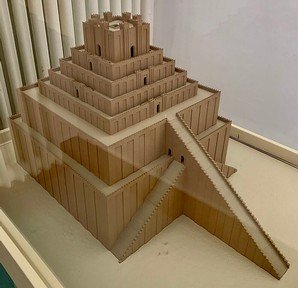Quiz Answer Key and Fun Facts
1. Located near the present city of Nasiriyah
2. Originally built in the 21st century BC
3. Built by order of Ur-Nammu
4. Honored the god Nanna
5. Built during the Third Dynasty of Ur
6. Located near the present day city of Baghdad
7. Built by order of Kurigalzu I
8. Honored the god Enlil
9. Built by Kassites
10. Constructed during the 14th century BC
Source: Author
ponycargirl
This quiz was reviewed by FunTrivia editor
gtho4 before going online.
Any errors found in FunTrivia content are routinely corrected through our feedback system.

